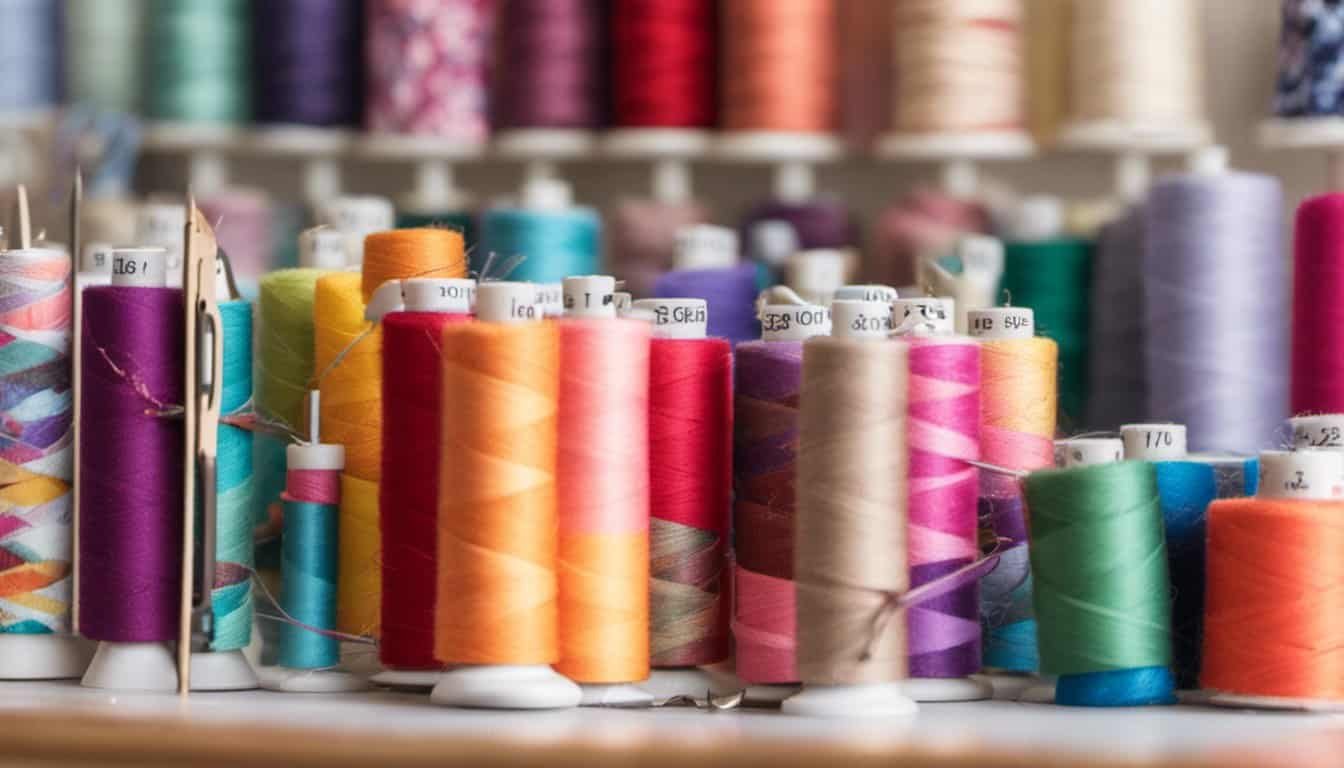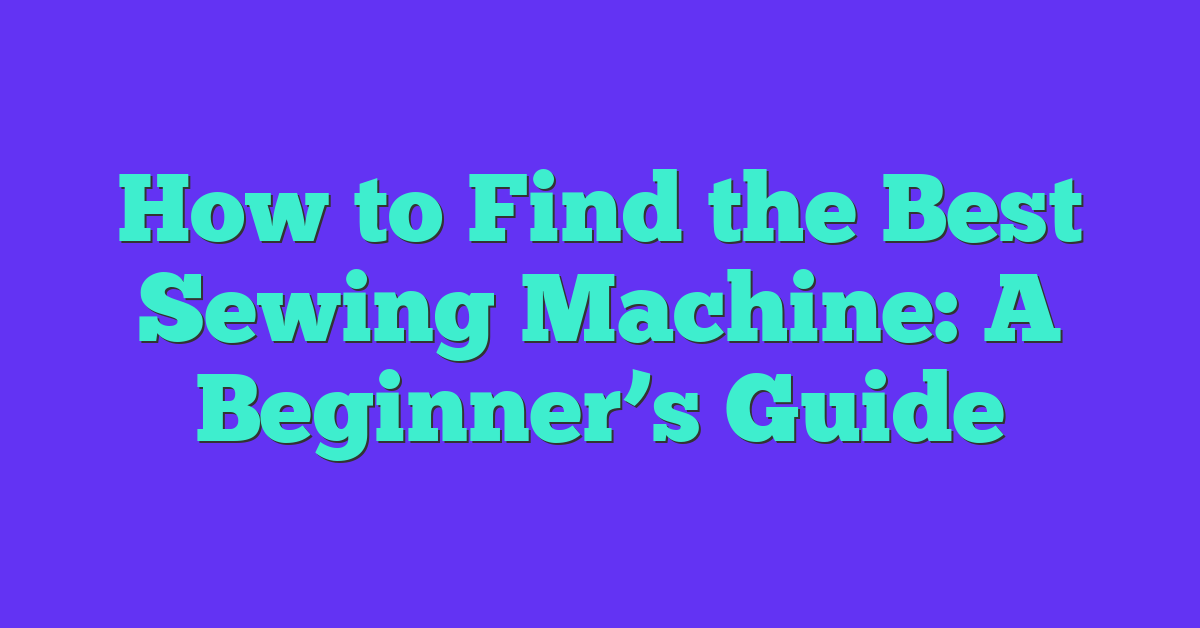Sewing elastic waistbands for pants can be a game changer. Whether you’re whipping up a cozy pair of lounge pants or a stylish skirt, mastering this technique opens up a world of comfort and versatility. I still remember the first time I tackled this project—what seemed daunting turned into a satisfying and fun experience.
Understanding Elastic Waistbands
Elastic waistbands provide comfort, flexibility, and a secure fit in pants and skirts. Let’s dive into the types of elastic used and the benefits they offer.
Types of Elastic Used
- Braided Elastic: This type features a flat or round structure. It stretches well and maintains its shape, ideal for casual garments.
- Woven Elastic: Woven elastic has a tighter construction, providing more stability. It’s best for structured pants and skirts.
- Knitted Elastic: This elastic is soft and stretchy, suitable for comfortable, everyday wear. It works well in lounge pants.
- Foldover Elastic: Foldover elastic simplifies finishing edges. Use it for a clean, polished look on simple garments.
- Clear Elastic: Ideal for lightweight fabrics, clear elastic maintains a low profile and disappears into the design.
Benefits of Elastic Waistbands
- Comfort: Elastic waistbands offer a snug yet flexible fit, enhancing comfort throughout the day.
- Versatility: They adapt easily to various styles, from casual to formal, making them suitable for multiple garments.
- Ease of Wear: Elastic waistbands allow for quick dressing and undressing, perfect for busy lifestyles.
- Adjustability: The stretch provides an adjustable fit that accommodates fluctuations in body size, ensuring garments remain wearable over time.
- Simple Sewing: Sewing elastic waistbands typically involves straightforward techniques, making it accessible for beginners.
Preparing for Sewing
Preparation plays a key role in successfully sewing elastic waistbands. Proper measurements and fabric choice make the process smoother and more enjoyable.
Measuring Your Waist
Measuring your waist accurately ensures comfort and a perfect fit. I use a flexible measuring tape for this task.
- Find the natural waistline: Locate the narrowest part of your torso, typically just above your belly button.
- Wrap the tape: Circle the measuring tape around your waist, ensuring it stays parallel to the floor.
- Check for snugness: The tape should be snug but not tight. You can breathe comfortably and move without restriction.
- Record the measurement: Round off to the nearest half-inch.
This measurement helps determine the required elastic length and waistband size.
Choosing the Right Fabric
Selecting the right fabric ensures your elastic waistband feels comfortable and looks great. Different fabric types complement various styles.
- Cotton: Lightweight and breathable, cotton suits casual pants.
- Linen: Ideal for warm-weather wear, linen offers a relaxed and stylish look.
- Knits: Stretchy and forgiving, knits work well for fitted garments.
- Canvas: Durable and sturdy, canvas is perfect for casual and work pants.
Consider fabric weight and stretchiness when making your choice. These factors significantly impact the waistband’s comfort and fit.
Step-by-Step Guide
Sewing elastic waistbands for pants can seem daunting, but following these steps makes the process smooth and straightforward.
Gathering Your Materials
- Fabric: Choose your preferred fabric, such as cotton or linen, considering the weight and stretch for comfort.
- Elastic: Select an elastic type—braided or woven—based on the desired stretch and strength.
- Sewing Machine: Ensure you have a sewing machine with a zigzag stitch option for elasticity.
- Thread: Match thread color to your fabric for a clean finish.
- Scissors: Use sharp fabric scissors for accurate cutting.
- Measuring Tape: Measure your waist and fabric length with a flexible measuring tape.
- Pins or Clips: Use pins or fabric clips to secure fabric layers while sewing.
Cutting the Fabric
- Measure: Take accurate waist measurements, adding a few inches for overlap and ease.
- Cut Fabric: Cut fabric pieces according to your preferred pants pattern, including allowances for seam and elastic width.
- Mark Guidelines: Use fabric chalk or a fabric marker to mark the elastic casing on the fabric for precise stitching.
Attaching the Elastic
- Prepare Elastic: Cut the elastic to your waist measurement and overlap by one inch for secure stitching.
- Pin Elastic: Pin the elastic to the inside of the waistband, aligning it with the marked guidelines.
- Sew Elastic: Use a zigzag stitch to sew the elastic to the fabric. Stretch the elastic slightly while sewing to ensure a snug fit without bunching.
Finishing the Waistband
- Fold Waistband: Fold the waistband over the elastic, encasing it entirely and aligning raw edges.
- Pin in Place: Secure the fold with pins or clips to keep the waistband in place while sewing.
- Sew the Waistband: Sew along the bottom edge of the waistband with a zigzag or straight stitch, ensuring it’s securely attached and elastic is effectively enclosed.
- Press the Seam: Gently press the waistband with an iron to smooth the seams, enhancing the final appearance.
Common Issues and Solutions
Sewing elastic waistbands can lead to various common issues. Understanding these issues and their solutions helps ensure a smooth sewing experience.
Loose Elastic
Loose elastic can cause discomfort, resulting in waistbands that don’t stay in place. I often find that several factors contribute to this problem. First, the elastic’s stretchiness must match the fabric’s weight. Choose a thicker elastic for heavier fabrics and a lighter elastic for thin materials. Second, proper measurement of the elastic, which should equal 75-90% of the waist measurement, ensures a snug fit. When sewing, secure the elastic in multiple places with pins or clips to prevent shifting. Finally, if the waistband is too wide, consider gathering the fabric more to enhance the fit.
Improper Stitching
Improper stitching might cause the elastic to twist or bunch, giving the waistband an unappealing look. I recommend using a zigzag stitch, which allows for stretch and provides durability. Ensure the elastic lays flat against the fabric while you sew to avoid twisting. I also find it helpful to sew in sections, starting at the back of the waistband, to maintain control throughout the process. If the stitching isn’t secure, the elastic could slip, so reinforce the seams by stitching over them multiple times. This technique reduces the risk of any future issues with the waistband.
Conclusion
Sewing elastic waistbands has truly transformed my approach to making comfortable and stylish pants. It’s amazing how a simple technique can elevate a garment’s fit and functionality. I love the flexibility that elastic provides and how easy it is to customize for different fabrics and styles.
Whether you’re a beginner or a seasoned sewer I encourage you to give this a try. The satisfaction of creating something that fits perfectly is unbeatable. Plus with a little practice you’ll find it becomes second nature. So grab your materials and start sewing those elastic waistbands—your wardrobe will thank you!


















